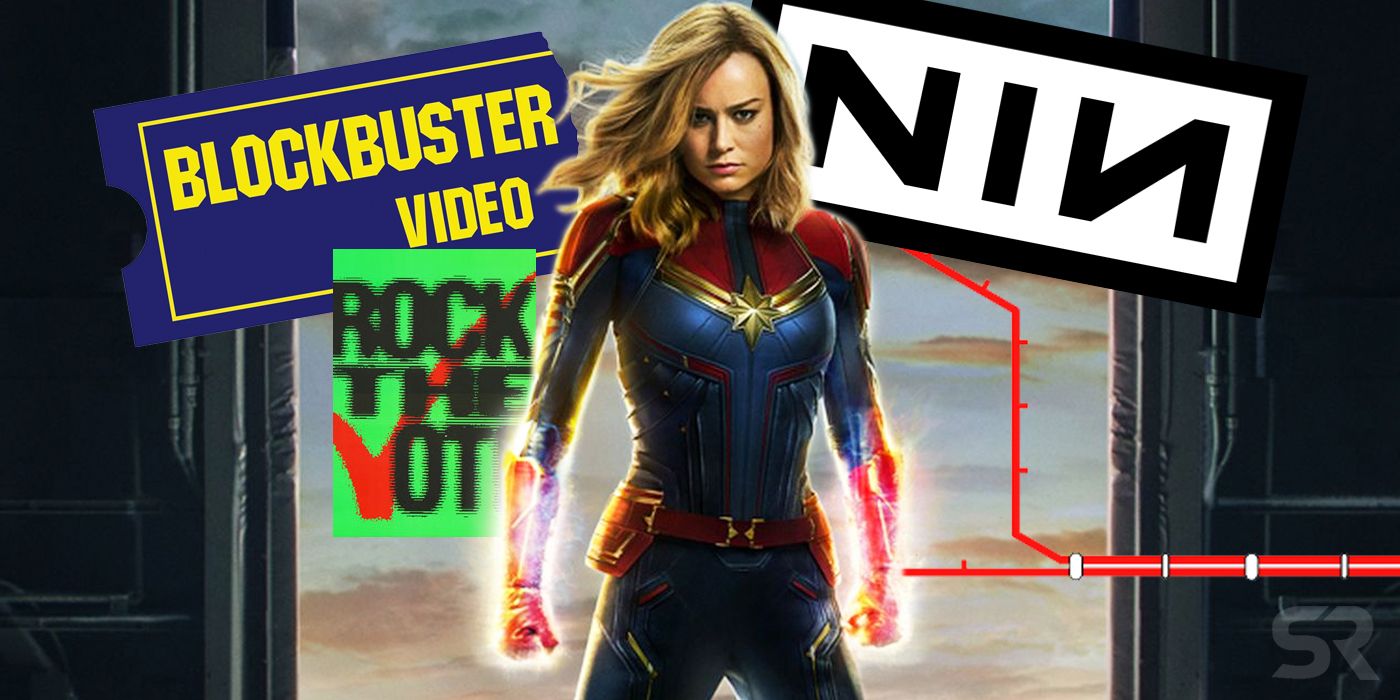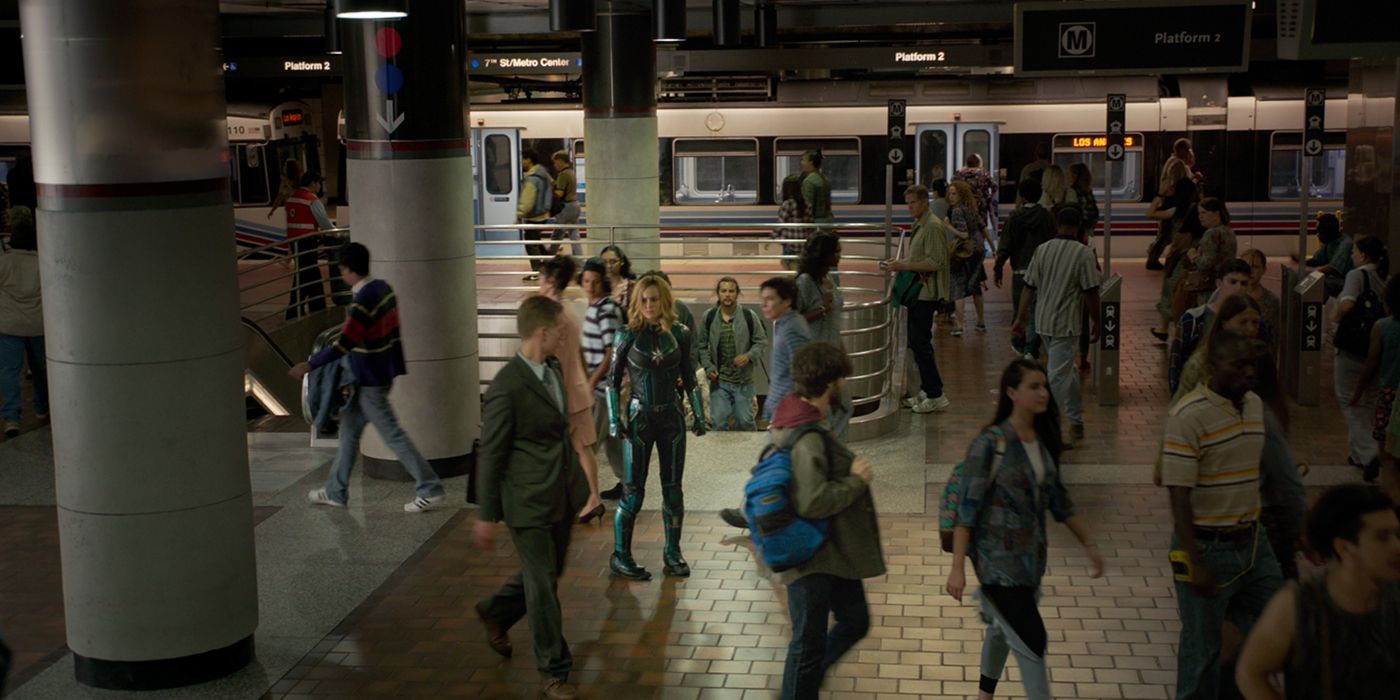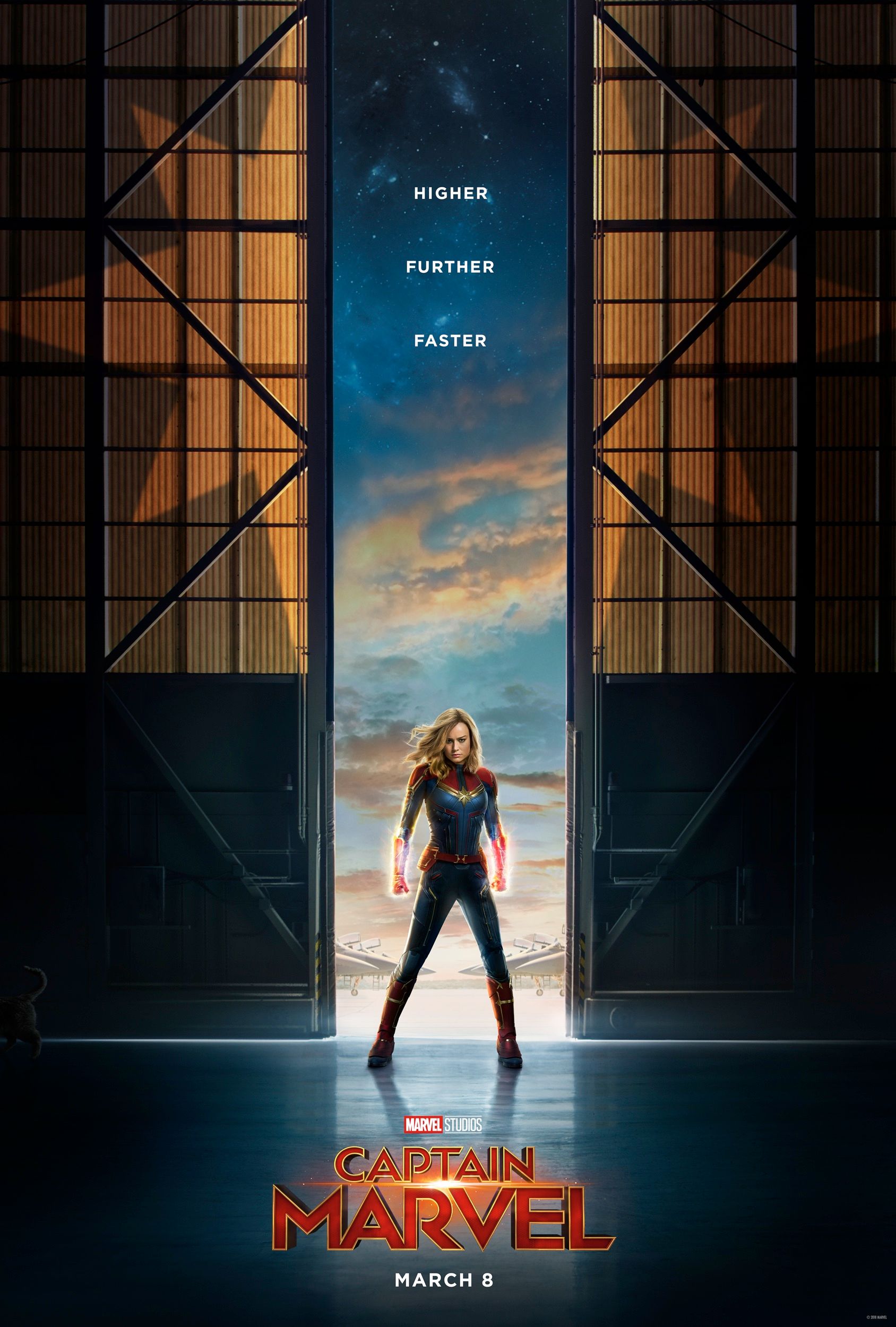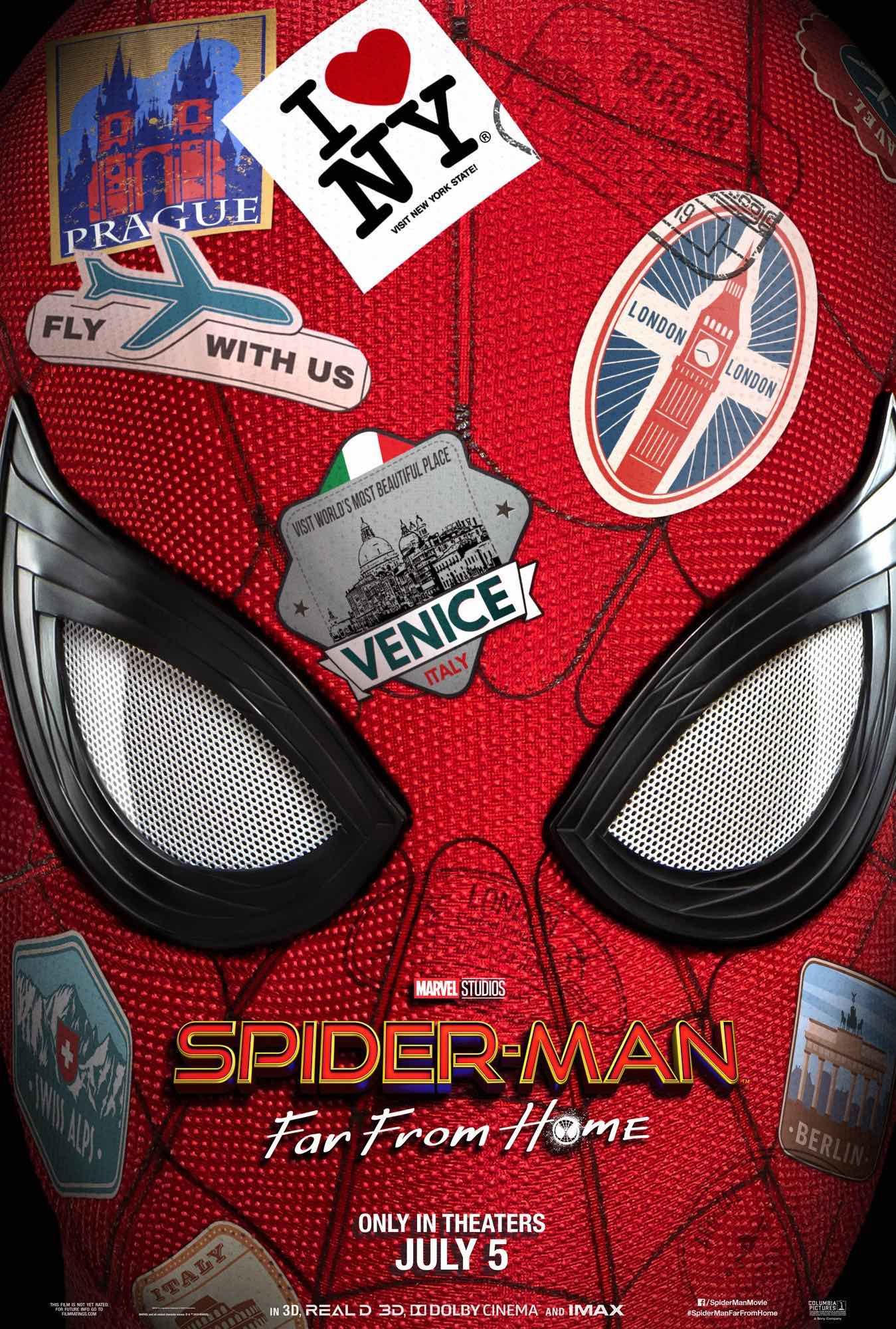New evidence suggests that there'll be no real way to make Captain Marvel's 1990s MCU timeline make sense. It's been known that the debut outing for Carol Danvers will be set in the 1990s since SDCC 2017, and since then we've seen that yield all sorts of 90s nostalgia: from Samuel L. Jackson's Jules-inflected Nick Fury look to Carol's Nine Inch Nail t-shirt.
However, aside from evidently being set in the early half of the decade, Marvel hasn't stated in what year exactly Captain Marvel takes place. However, the teaser trailer did provide several clues that pointed towards 1995; the LA transit system shown included the Red and Green Lines, meaning it's set in 1995 at the earliest, while the presence of Blockbuster Video means it must be before 1996 (when they rebranded to just Blockbuster). However, new evidence makes that look less likely.
Related: Important MCU Events From The 1990s (Aside From Captain Marvel)
To encourage people to vote in the US midterms, star Brie Larson shared a new behind-the-scenes image from Captain Marvel that saw Carol Danvers stood at a phone booth against a wall plastered with "Rock The Vote" signs. This was a pretty big timeline clue: these posters were used specifically for the 1992 Presidential election. It was additionally pointed that they were placed over a poster for an event on "Thursday, August 29", a day and date combination that only happened in 1991 and 1996. As the vote posters appear new, that would suggest the movie is set in 1992.
This, obviously, creates a problem with the previously discussed evidence. The scene of Captain Marvel in the 7th Street/Metro Center station highlights the red line (opened January 1993) while the scene where Carol punches an old lady has a map for the green line (opened August 1995), which would be a good few years after the posters suggest.
While there are surely ways to consolidate all the conflicting evidence - the posters may be older than they look, or LA transit in the MCU evolved at a different pace to the real world - there's only one true explanation: these period details don't really matter. Captain Marvel is set in the 1990s as a nebulous idea; it's all about the fuzzy memories and nostalgic trappings, not any specific year. A synopsis or throwaway line of dialogue is sure to try and place it (most likely in 1992), but that will have limited impact on the set dressing, which as already seen is providing contradictions. But there's an argument to be made that Captain Marvel doesn't necessarily need such tight timeline attention. Such anachronisms are an inevitable part of period filmmaking, and definitely not something Anna Boden and Ryan Fleck are going to be overly concerned with relative to making their grand cosmic MCU entry work.
Where Captain Marvel's place in time does matter, though, is in connection to the rest of Marvel's movies. This is a prequel to much of the MCU, specifically for Nick Fury and Guardians of the Galaxy villain Ronan, and serves as a direct lead-in to Avengers 4, and audiences will expect all those details to match up. While the MCU's 1990s is lesser-trodden than others, there's still a lot of S.H.I.E.L.D. activity and other events to be aware of. Of course, the MCU timeline has been broken in many ways already, with continuity only really mattering on a macro sense, so perhaps, even here, Captain Marvel's year won't matter too much.




